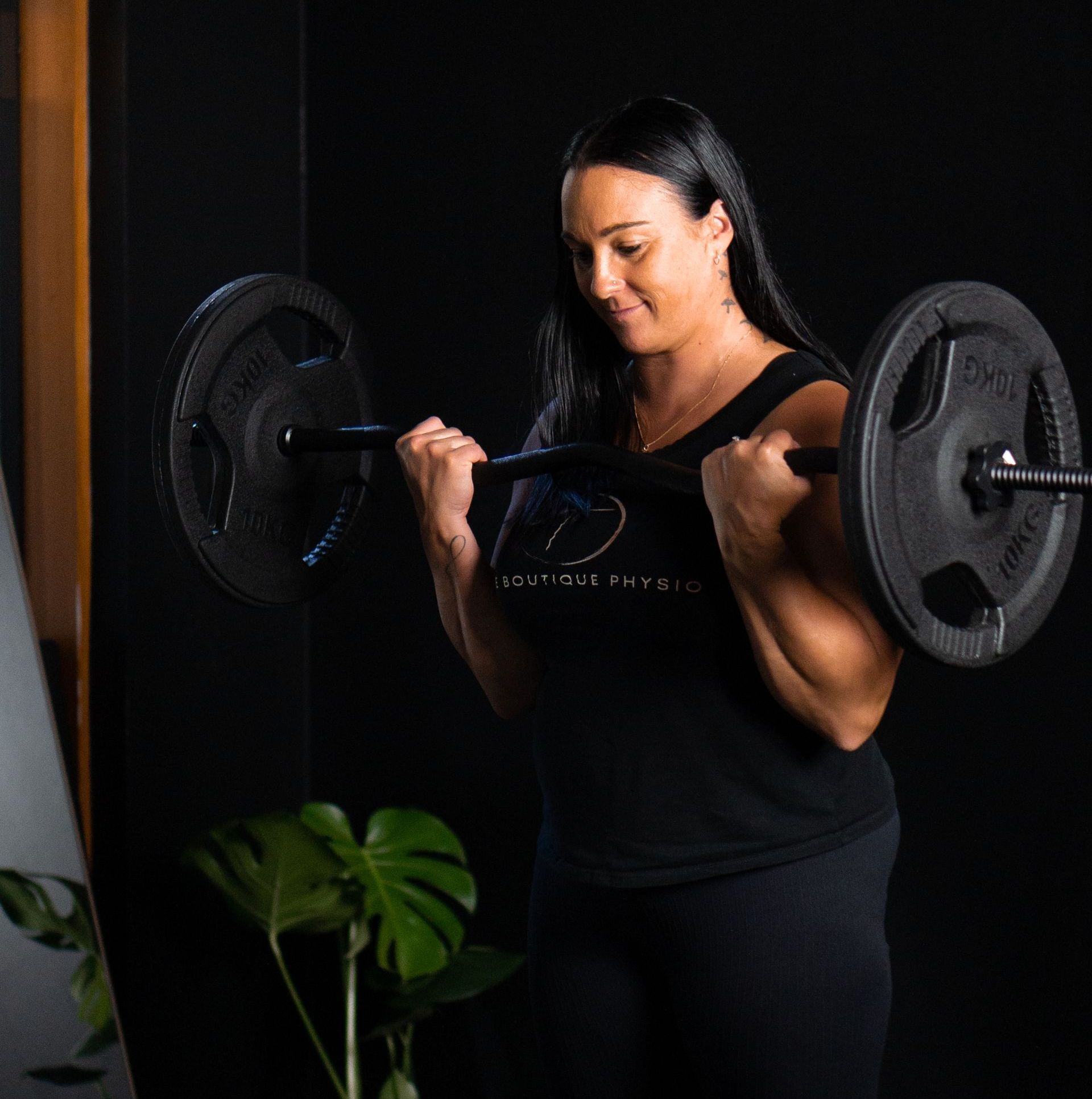Elbow Pain

Physiotherapy for Elbow Pain
Elbow pain can arise from a variety of causes, and physiotherapy is often an effective treatment option. Below is a detailed guide on the types of elbow pain, their causes, and physiotherapy management strategies.
Common Causes of Elbow Pain
Tennis Elbow (Lateral Epicondylitis)
- Cause: Overuse of the forearm muscles leading to small tears in the tendons attached to the lateral epicondyle.
- Symptoms: Pain and tenderness on the outside of the elbow, pain that worsens with wrist and hand movements.
Golfer's Elbow (Medial Epicondylitis)
- Cause: Overuse of the muscles and tendons controlling the wrist and fingers, leading to damage on the medial epicondyle.
- Symptoms: Pain and tenderness on the inside of the elbow, stiffness, and weakness in the wrist and hand.
Elbow Bursitis (Olecranon Bursitis)
- Cause: Inflammation of the bursa at the tip of the elbow, often due to repetitive pressure or trauma.
- Symptoms: Swelling, pain, and limited range of motion.
Cubital Tunnel Syndrome
- Cause: Compression or irritation of the ulnar nerve at the elbow.
- Symptoms: Numbness and tingling in the ring and little fingers, pain in the elbow.
Elbow Arthritis
- Cause: Degeneration of the elbow joint cartilage, often due to osteoarthritis or rheumatoid arthritis.
- Symptoms: Pain, swelling, stiffness, and reduced range of motion.
Elbow Fractures or Dislocations
- Cause: Direct trauma or a fall onto an outstretched hand.
- Symptoms: Severe pain, swelling, deformity, and inability to move the elbow.
Physiotherapy Management
Physiotherapy aims to reduce pain, improve function, and prevent recurrence. Treatment plans are personalised based on the specific condition and individual needs.
Initial Assessment
- Detailed History: Understanding the onset, duration, and nature of the pain.
- Physical Examination: Assessing the range of motion, strength, tenderness, and any signs of inflammation or deformity.
Treatment Modalities
Pain Management
- Rest: Avoiding activities that exacerbate the pain.
- Ice Therapy: Applying ice packs to reduce inflammation and numb the pain.
- Heat Therapy: Using heat packs to relax muscles and improve blood flow (more useful for chronic conditions).
Manual Therapy
- Massage: Techniques to reduce muscle tension and improve circulation.
- Joint Mobilisation: Gentle movements to improve joint function and reduce stiffness.
- Soft Tissue Techniques: Such as myofascial release to alleviate muscle tightness.
Therapeutic Exercises
Stretching Exercises: To improve flexibility and reduce tension in muscles and tendons.
Strengthening Exercises: To build strength in the forearm muscles and reduce strain on the elbow.
Functional Training
- Activity Modification: Adjusting daily activities to prevent further strain on the elbow.
- Ergonomic Advice: Proper techniques for lifting, typing, or other repetitive tasks.
- Sport-Specific Training: For athletes, tailored exercises to improve performance and prevent recurrence.
Education and Prevention
- Teaching proper techniques to avoid future injuries.
- Providing guidelines on maintaining good posture and ergonomics.
Physiotherapy can effectively manage elbow pain by combining pain relief, manual therapy, therapeutic exercises, and education on prevention strategies. Working with a qualified physiotherapist ensures a personalised approach to recovery and long-term management.




